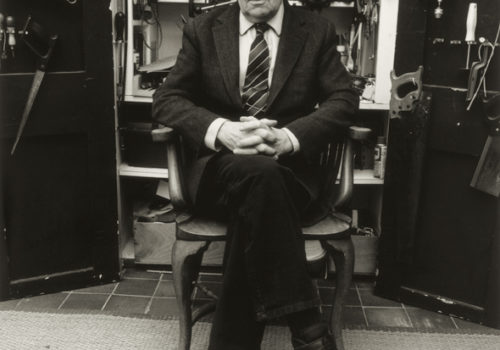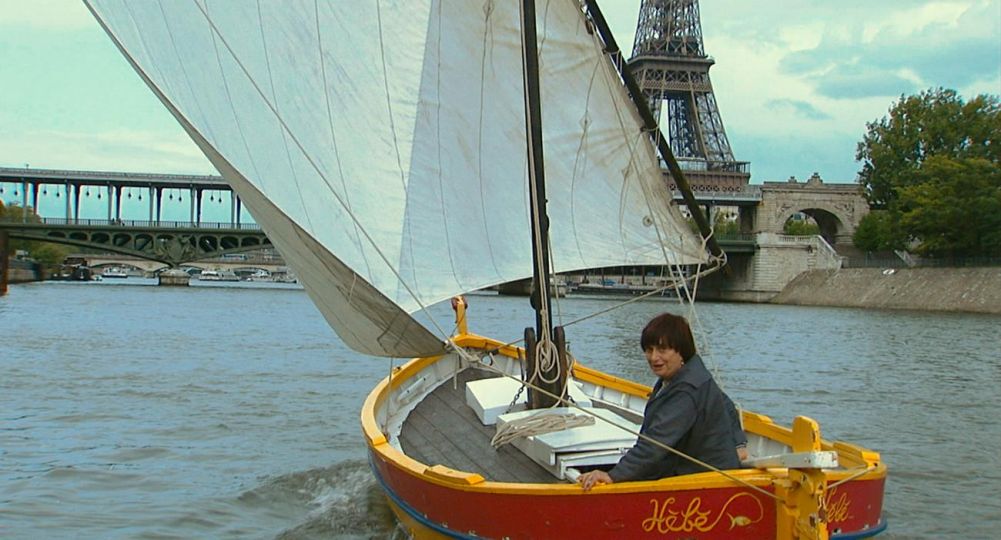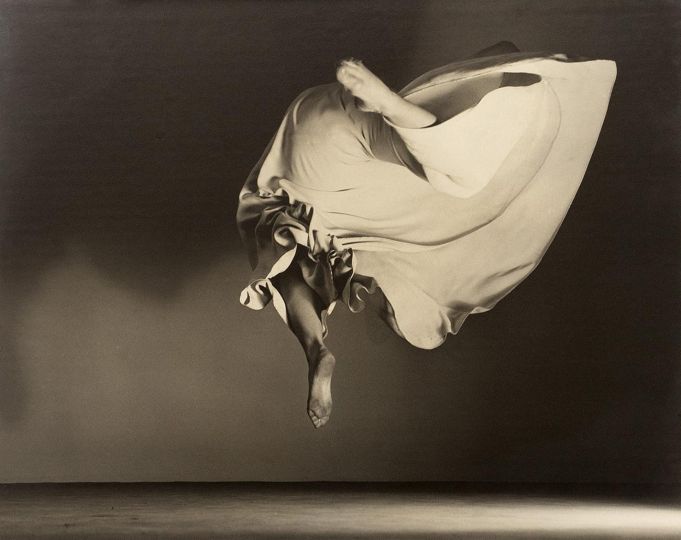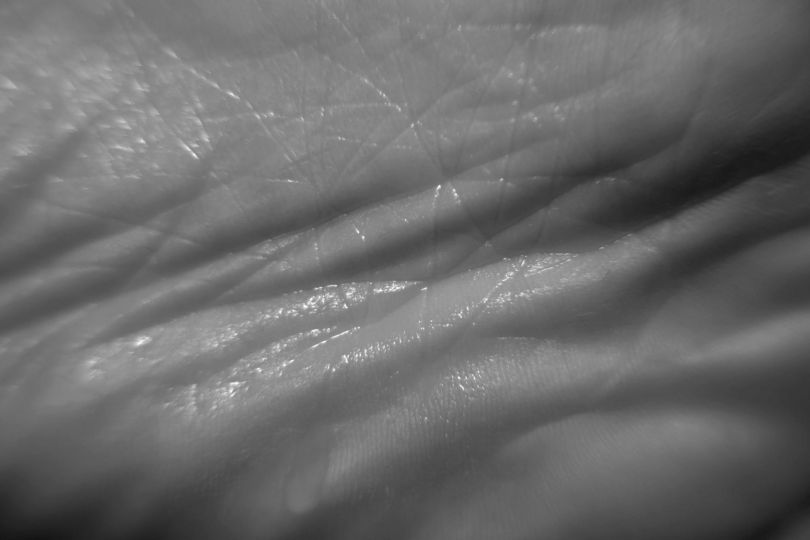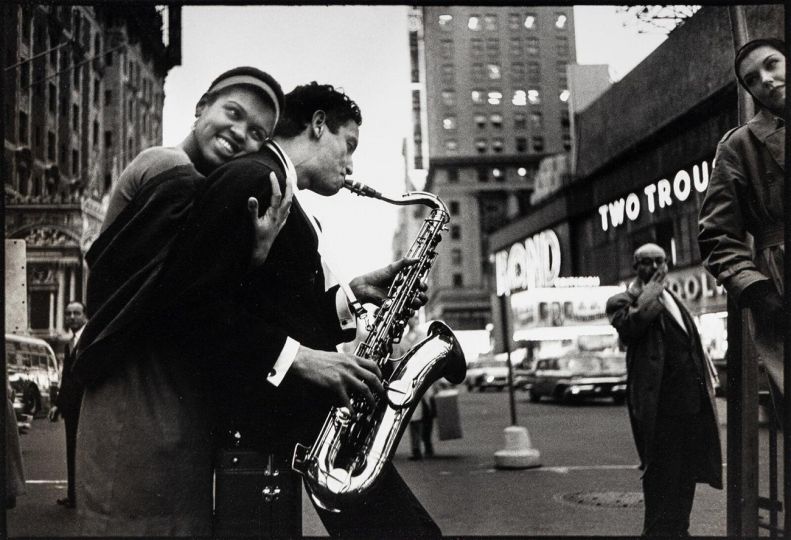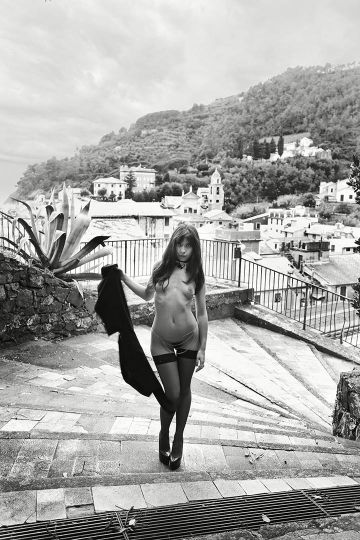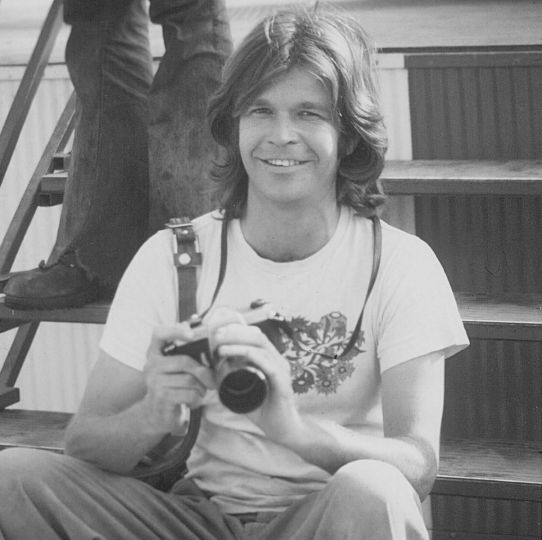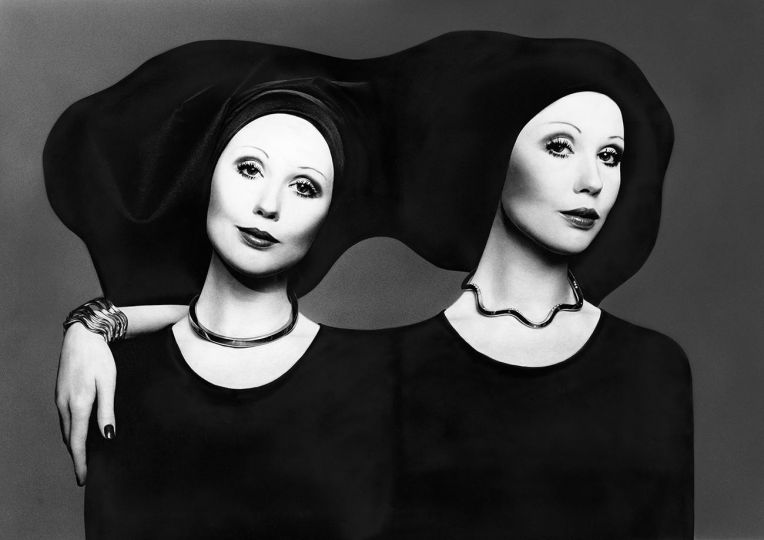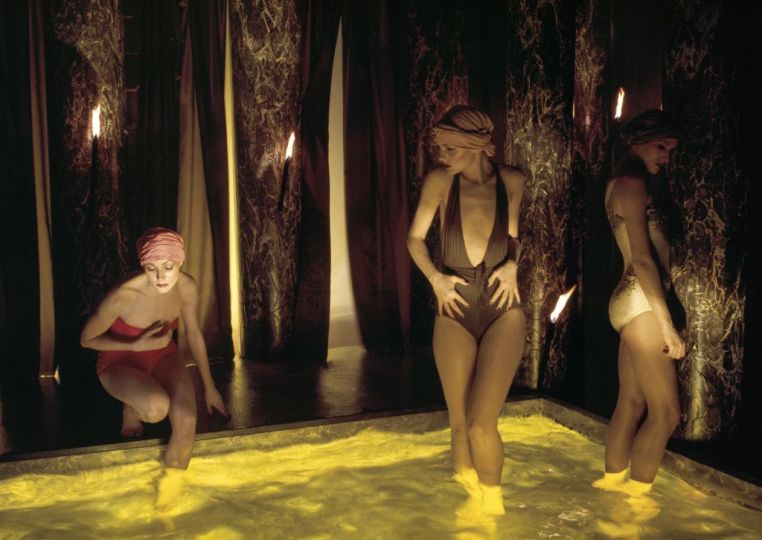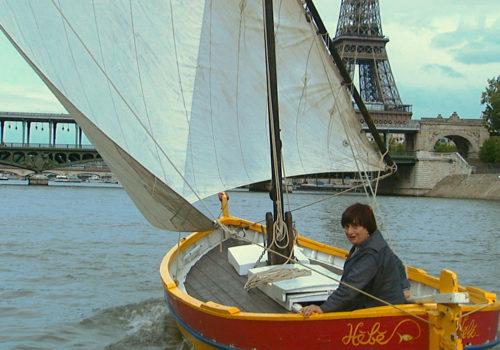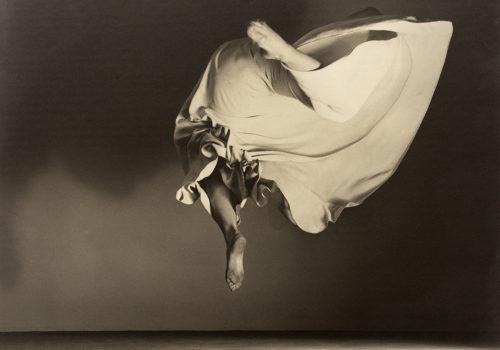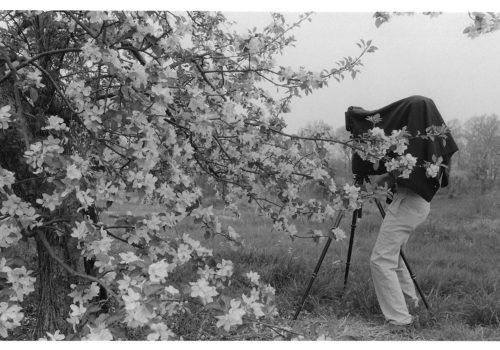The recent death of Lord Snowdon marks the loss of a multi-talented figure whose own life was every bit as remarkable as that of even the most flamboyant of the myriad figures who become the subjects of his photographs. He was a complex character with often seemingly contradictory traits, capable of waspishness as well as compassion, of theatricality as well as modesty, the creative flair and imagination that manifested itself in so many inspired ways balanced, grounded by a strong social conscience.
As Tony Armstrong-Jones, he had proved his abilities as a portraitist in the late 1950s, before his marriage to Princess Margaret made him more celebrated than any of his subjects. Now working as ‘Snowdon’, he continued to shine as he made the telling portraits of characters from all walks of life whose images define an era. His best work is distinguished by a lack of contrivance, an engaging sense of spontaneity. Among Snowdon’s great achievements is his wide-ranging portrait project that documented the British art scene of the early 1960s at a historic, pivotal time, published in 1965 as Private View.
We are poignantly reminded by Lord Snowden’s departure that we are now very much living in the 21st century. The second half of the last century, through which he made so strong a mark and which he so effectively recorded, is now a chapter in our history on which the page has turned.
Philippe Garner
Philippe Garner has worked as head of the photography department of Sotheby’s and Christie’s in England, before retiring in 2016.

